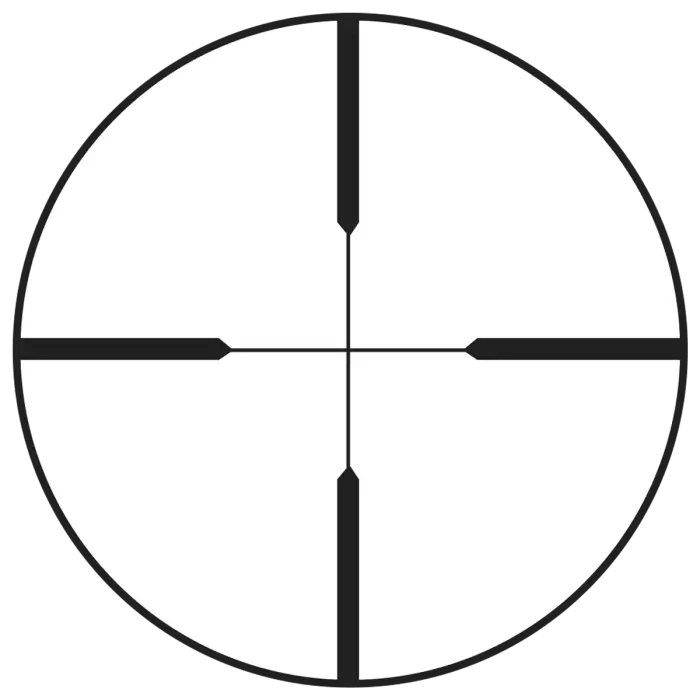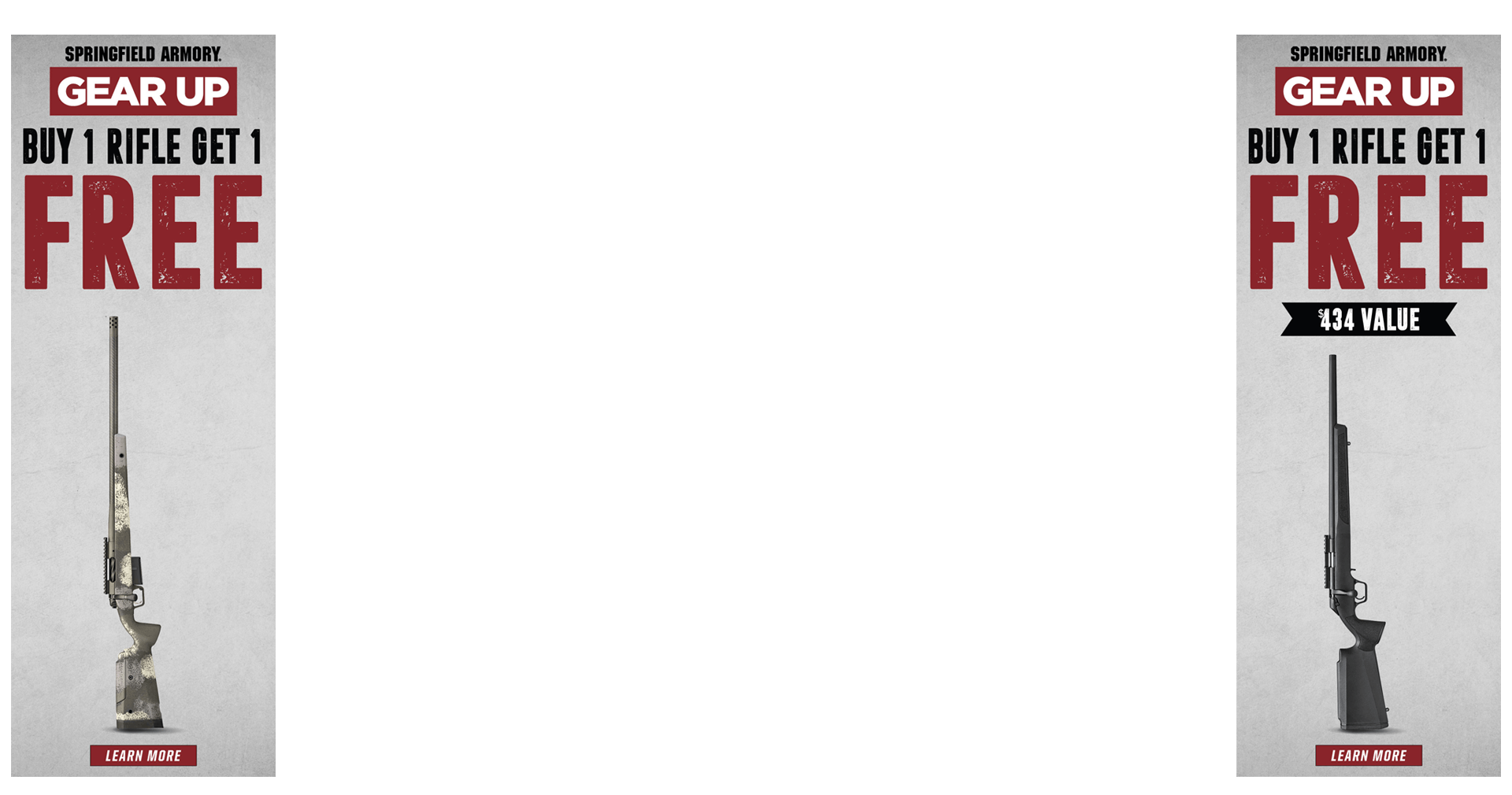It was never the question........
The question was "when did the turrets go from MOA to Mils.....M40A1-Unertl 10 MOA turrets/lever, M24 -Leupy M3 MOA turrets.....
When did the military start using Mils for elevation and windage correction?
I'm going to take a stab at an answer but without specific dates.
**This is just my opinion based on my best recollection of first hand experience and knowing people that were on the front end of the changes. I welcome someone with more knowledge and experience to correct any of the following.
------
While Mils existed for a long time in other parts of the military (Ex: Artillery ) I do not think it started to move into rifles and rifle scopes until the 60s and 70s. My opinion is that it had to do with influence from our heavy involvement in NATO and the Cold War.
Mil turrets, Mil reticles and FFP was a European thing before it that thinking filtered into the U.S. It almost seems to me that things only pointed down that road after the U.S. got involved with
interoperability between all NATO members.
The first big change in the small arms arena was the development and introduction of two new "NATO" cartridges with metric designations, the 5.56x45 and the 7.62x51mm. This occurred in the 1950s and now they are both staples in our everyday rifle world.
Other equipment and hardware slowly followed suit but U.S. optic companies were very slow to embrace any change.
Those companies were living in the same sheltered world as our own small arms infantry and sniping community lived in.
While we had world class infantry and sniper programs that generated a lot of successes, all of the programs and bloodlines were purposefully isolated from outside thinking or trends. It was our way or the highway and domestic optics companies followed that mindset.
By the 70's and 80's the demand for scopes equipped with some type of Mil based reticle was enough to make Unertl, Leupold and Dick Thomas at Premier produce the first US reticles with Mil references.
At the time, all were wire based reticles that were meticulously hand made and it was a constant struggle to consistently produce accurate subtensions. Almost all of the initial U.S. made scopes that hosted these reticles were fixed magnification at first. The fixed magnification design was more robust in severe conditions and of course eliminated any issue with SFP vs FFP.
All the U.S. manufacturers were heavily invested in tooling and design for MOA reticles and external adjust mounts.
The extremely small demand made them reluctant to re-design and re-tool for anything MIL based. So all the early scopes that sported MIL based reticles still used MOA turrets.
The early Unertl external adjust scopes and even the later Unertl MST-100 had MOA adjustments. The early Leupold M1 and M3 Ultra scopes had Mil reticles and MOA turrets. Even Premier Reticles did not have parts to convert turrets from MOA to MIL.
Not long after this, we started seeing some of the Schmidt & Bender scopes with Mil Reticles and Mil Turrets filter into the sniper community. They were also some of the first variable magnification FFP scopes to come into the country, at least in our lanes of use. Traditional American scope companies had their hand forced due to the sudden and dramatic adoption of the S&Bs.
So US companies were very reluctant to embrace anything other than MOA and SFP but once that zit was popped, they capitulated.
When one decided to play ball, the others had to follow or be left behind.
None of this happened all at once but rather was a slow (painfully slow) progression.
So the answer to your question of "when?" is really not a specific date or even year but a relatively prolonged time line of evolution.
I hope this makes sense and comes closer to answering your specific question via an un-specific answer.





